A 19th-century village cathedral in western Germany was razed to the ground on Tuesday to make way for the expansion of coal mega mines.
St. Lambertus Cathedral, a double-spired church known locally as the “Immerather Dom,” was destroyed by a wrecking crew despite protests from Greenpeace activists. It’s the latest stage in the demolition of the entire village of Immerath ― and a sign of Germany’s continued dependance on fossil fuels.

Immerath is a rural farming village in west Germany, northwest of Cologne. At one point, it was home to about 1,200 people, according to The Washington Post.
But for the past few years, Immerath has slowly become a ghost town. German energy company RWE has taken over the land, constructing a new version of the village seven miles away. The village hospital was relocated, and its houses torn down and moved. Even Immerath’s cemetery wasn’t immune to the move ― its centuries-old bodies were dug up and relocated with the village.
St. Lambertus church reportedly held its last church service in 2013, Die Zeit reports.
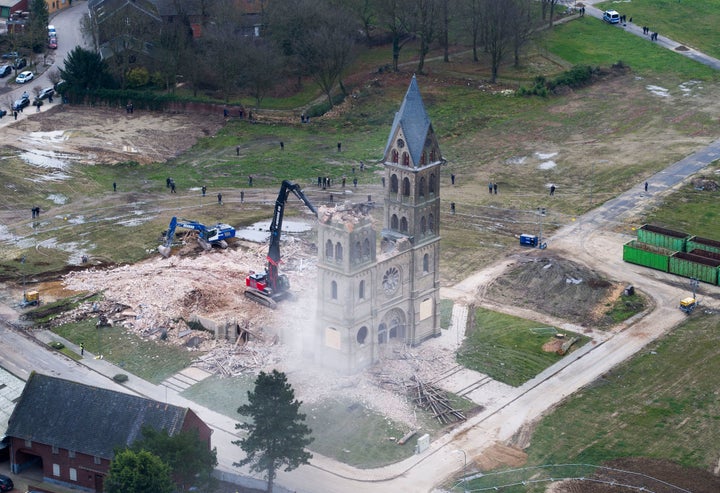
RWE is seeking to increase its access to the region’s supply of lignite, or brown coal. This type of coal is mined in giant open pits. Brown coal is easier and cheaper to access than other varieties of coal, but it is one of the dirtiest fossil fuels to burn. That means the coal that lies underneath Immerath could end up producing billions of tons of carbon emissions over the next few decades.
German chancellor Angela Merkel has strived to be a leader on the world stage in tackling climate change. But Germany is still heavily dependent on burning coal for power. Some critics fear that phasing out coal too quickly would disrupt the country’s economy and lead to major job losses.
Although Immerath’s old village cathedral is gone, its memory is being preserved. RWE has built another village chapel in the new town it is constructing for former residents of Immerath. A miniature replica of the cathedral has reportedly been placed near the new town’s central plaza.
Scroll down to see the demolition of the Immerather Dom unfold.
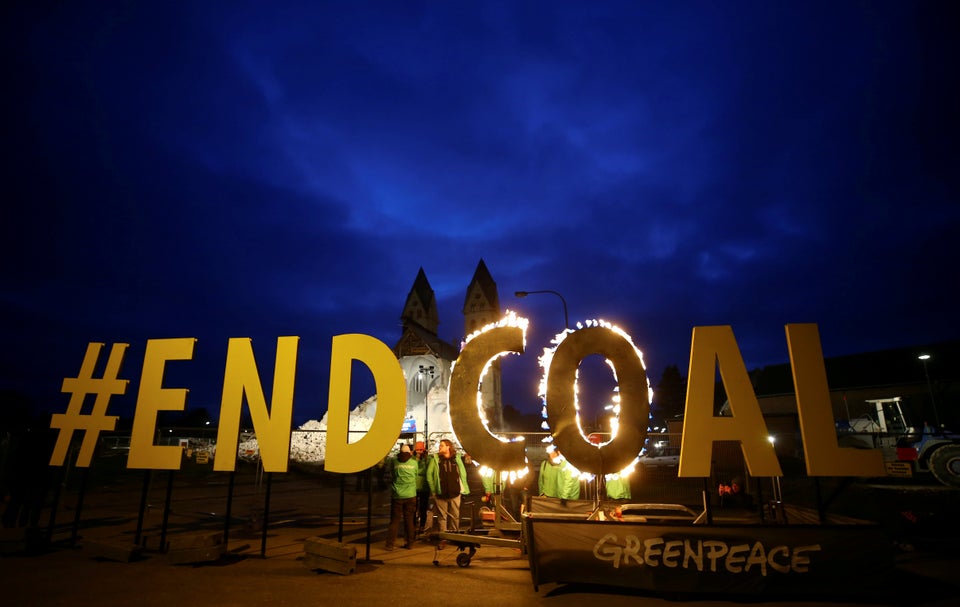
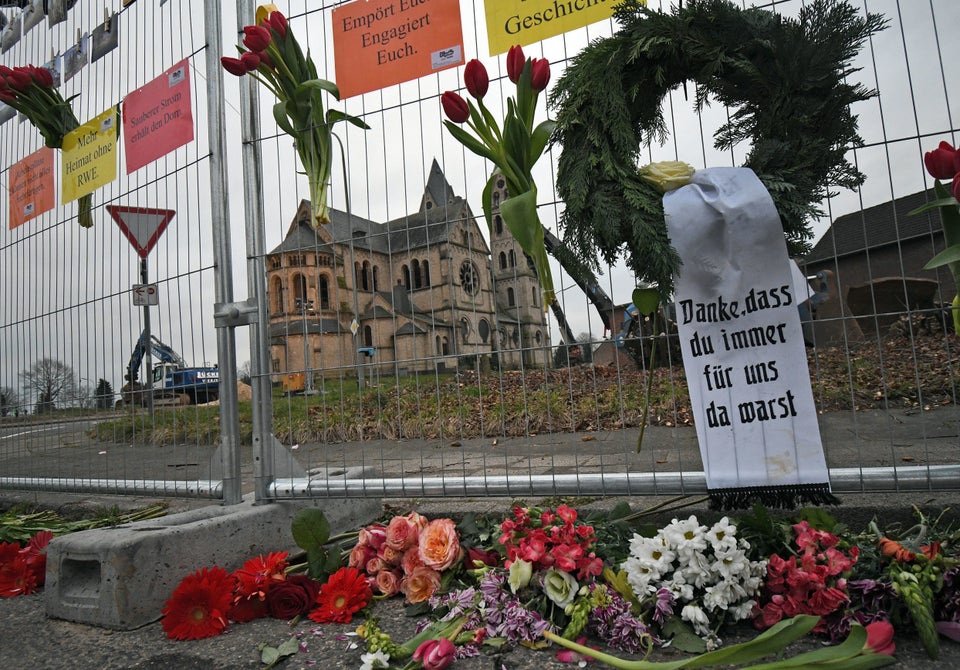
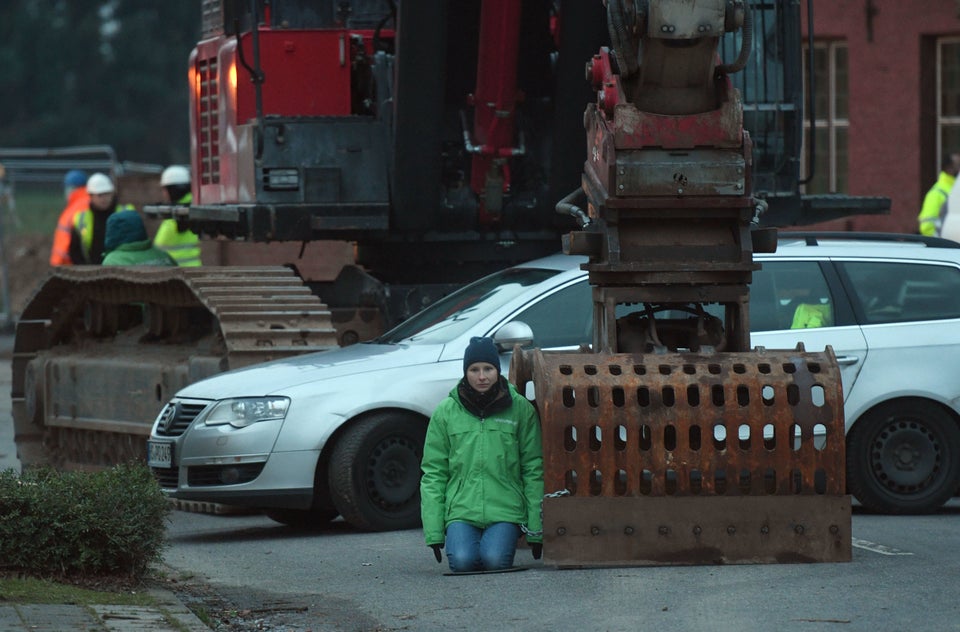
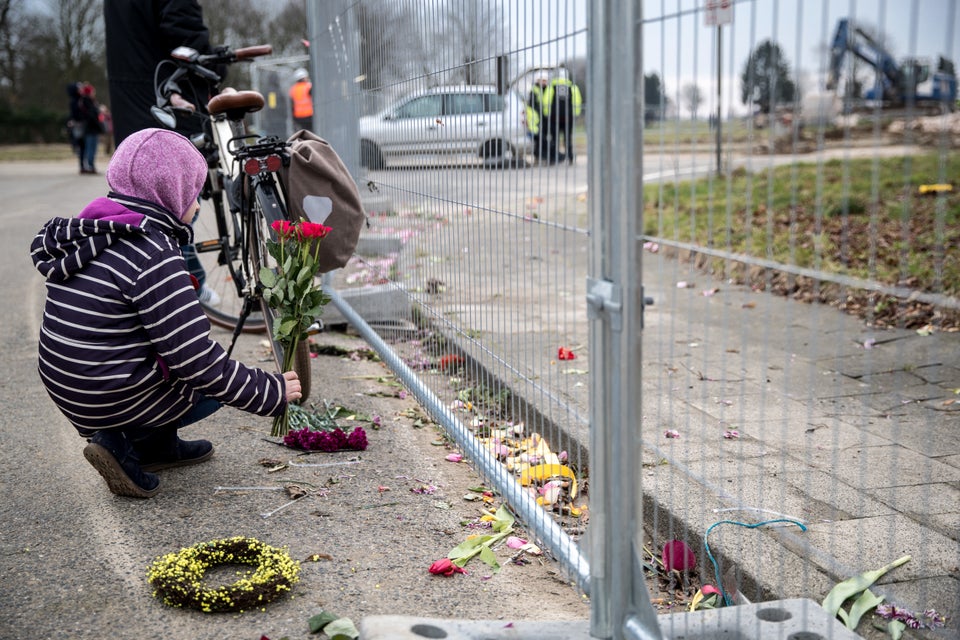
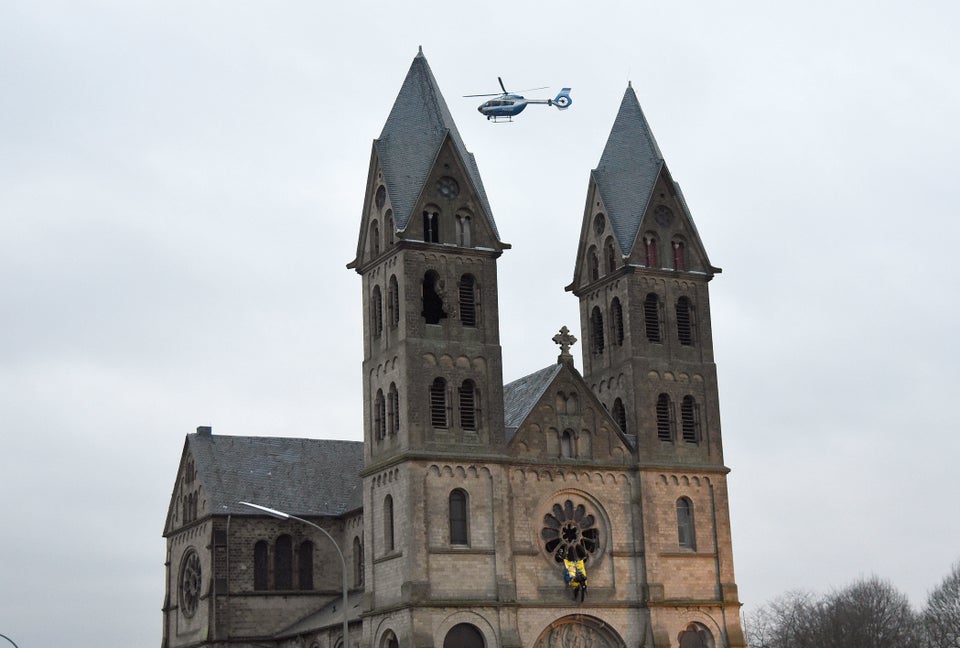
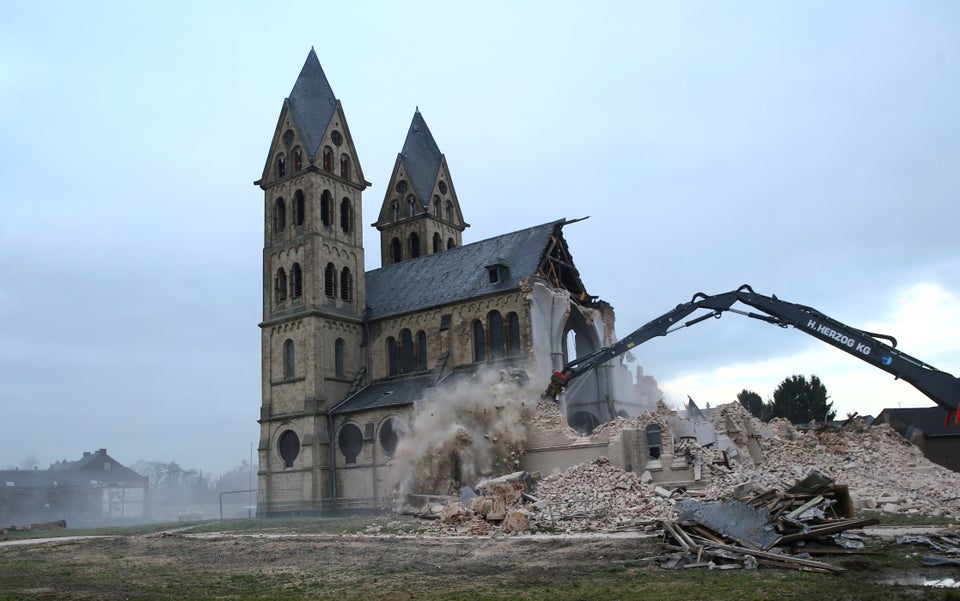
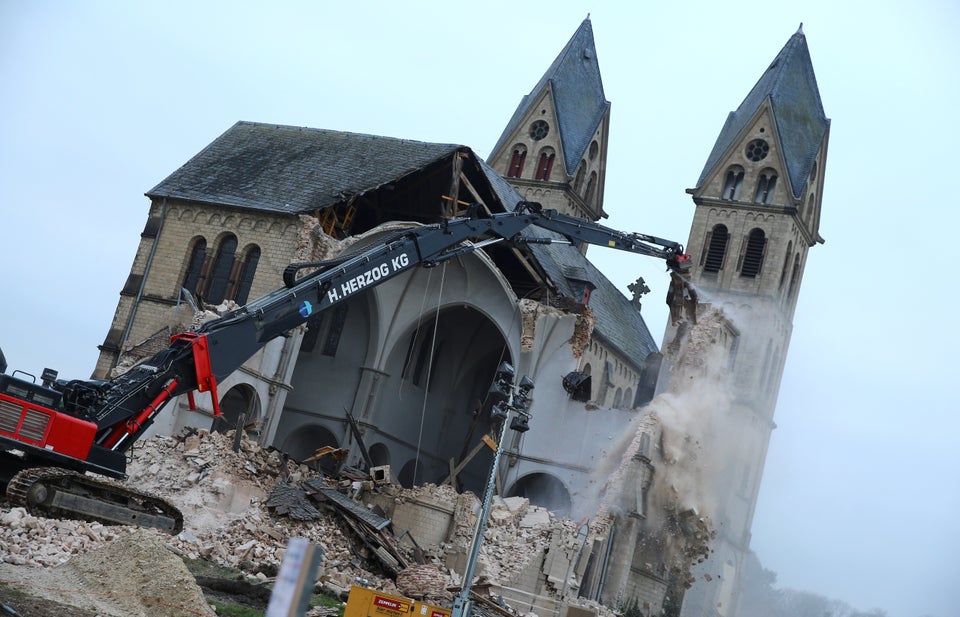

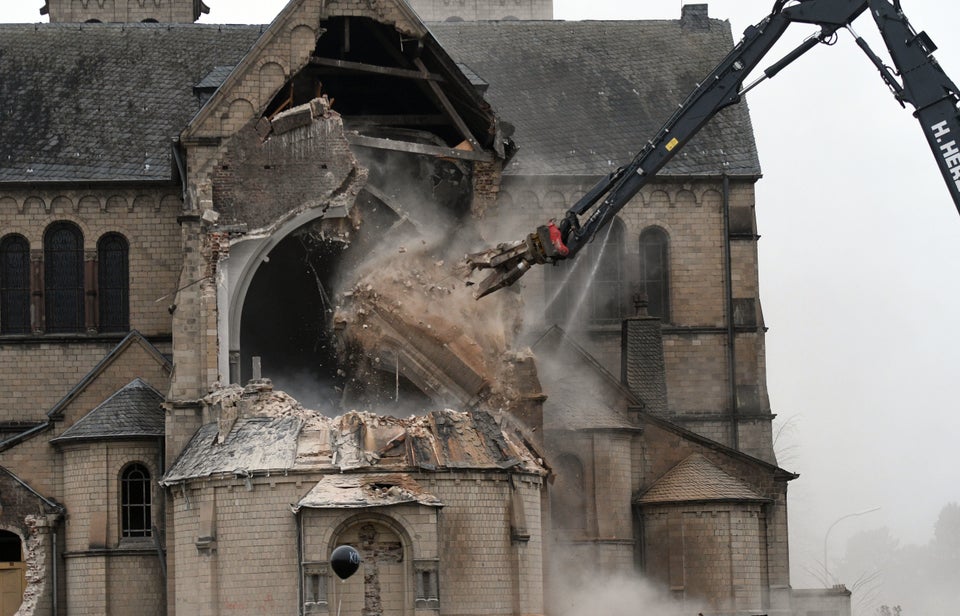
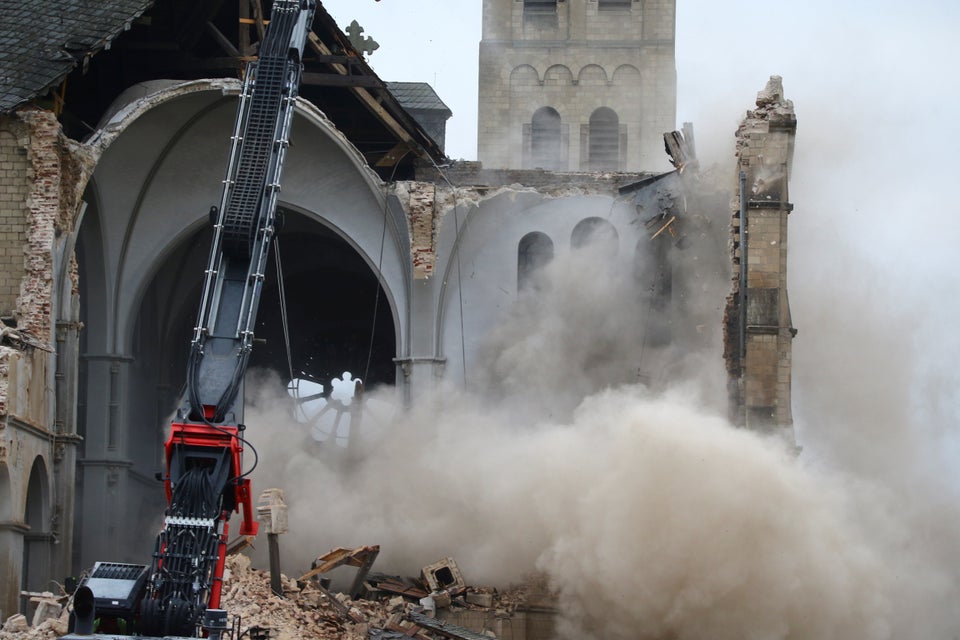
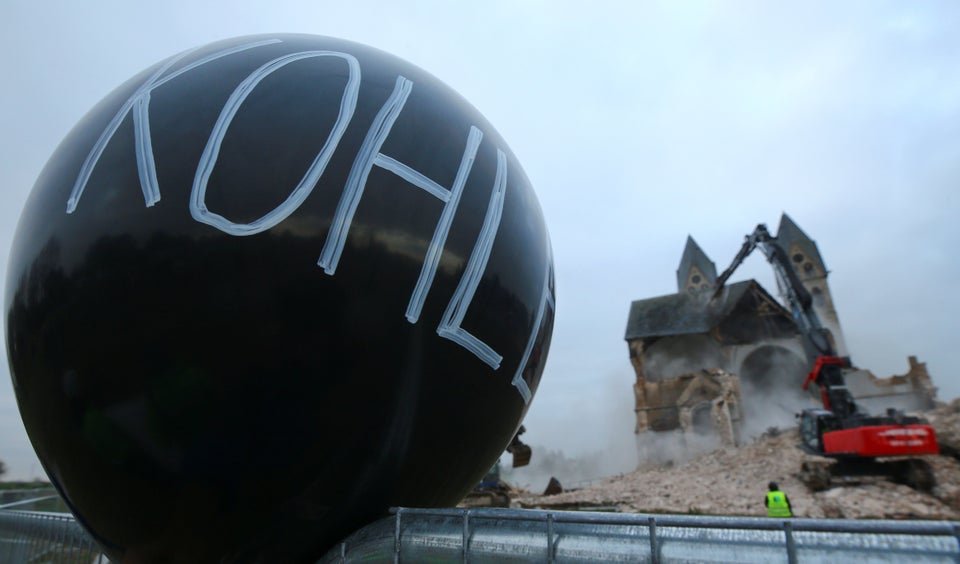

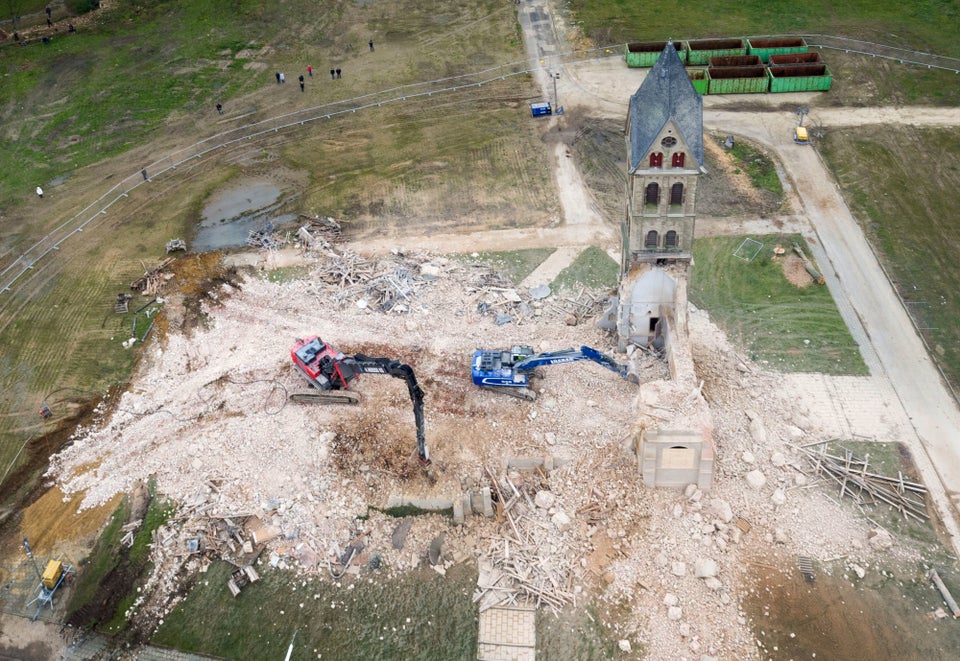
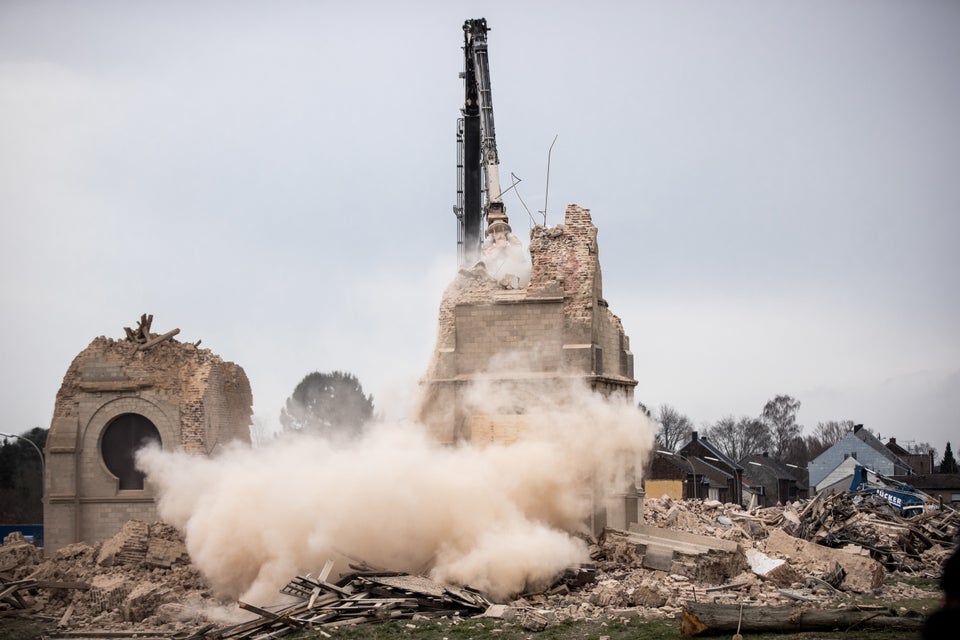
CORRECTION: A previous version of this story mistakenly stated that Immerath is south of Cologne. The village lies to the northwest of Cologne.
